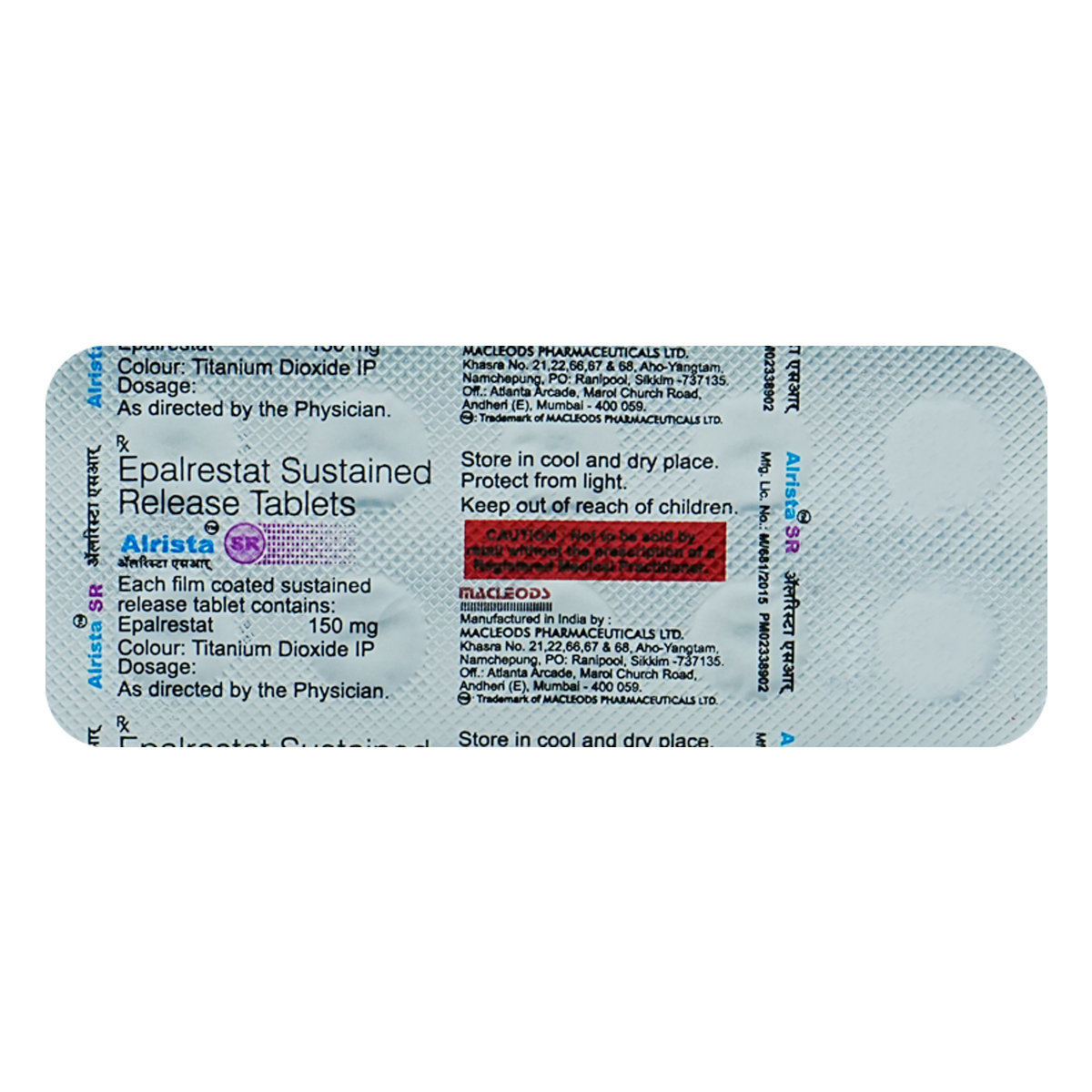Axonet Tablet




MRP ₹233
(Inclusive of all Taxes)
₹28.0 Cashback (12%)
know your delivery time
Provide Delivery Location
Composition :
Manufacturer/Marketer :
Consume Type :
Expires on or after :
Return Policy :

Secure Payment

Trusted by 8 Crore Indians

Genuine Products
Therapeutic Class
Country of origin
Manufacturer/Marketer address
Author Details
We provide you with authentic, trustworthy and relevant information
Disclaimer
Alcohol
Safe if prescribed
Avoid consumption of alcohol while taking Axonet Tablet as it may cause increased dizziness.
Pregnancy
Consult your doctor
Limited information is available regarding the use of Axonet Tablet in pregnant women. Please consult your doctor if you have any concerns regarding this, your doctor will prescribe only if the benefits outweigh the risks.
Breast Feeding
Consult your doctor
Limited information is available regarding the use of Axonet Tablet in breastfeeding women. Consult your doctor before taking Axonet Tablet ; your doctor will decide whether Axonet Tablet can be taken by breastfeeding mothers or not.
Driving
Safe if prescribed
Axonet Tablet may cause dizziness. Do not drive or operate machinery unless you are alert.
Liver
Consult your doctor
Axonet Tablet should not be used in patients with severe liver disease. Please consult your doctor if you have a liver impairment or any concerns regarding this.
Kidney
Consult your doctor
Axonet Tablet should be used with caution in patients with kidney impairment. Please consult your doctor if you have kidney impairment or any concerns regarding this.
Children
Safe if prescribed
Axonet Tablet should not be given to children as safety and efficacy have not been established.
Product Substitutes
About Axonet Tablet
Axonet Tablet belongs to a group of medicines called aldose reductase inhibitors used to manage diabetic neuropathy. Diabetic neuropathy is a chronic progressive nerve disease which causes nerve pain due to nerve damage in diabetic patients. It mostly affects the legs and feet.
Axonet Tablet contains ‘Epalrestat’ that works by inhibiting aldose reductase enzyme, which catalyses the conversion of glucose to sorbitol. Accumulation of sorbitol occurs due to hyperglycaemia in patients who have diabetes which leads to nerve pain. Axonet Tablet prevents the accumulation of sorbitol, thereby helps in treating diabetic neuropathy.
You are advised to take Axonet Tablet for as long as your doctor has prescribed it for you depending on your medical condition. In some cases, you may experience certain common side-effects such as nausea, vomiting, diarrhoea, dizziness, and headache. Most of these side-effects do not require medical attention and will resolve gradually over time. However, you are advised to talk to your doctor if you experience these side-effects persistently.
Consult your doctor before taking Axonet Tablet if you are pregnant or breastfeeding. Axonet Tablet may cause drowsiness and dizziness, so drive only if you are alert. Axonet Tablet is not recommended for children as safety and effectiveness have not been established. Avoid consuming alcohol with Axonet Tablet as it could lead to increased drowsiness and dizziness. Keep your doctor informed about your health condition and medicines to rule out any side-effects.
Uses of Axonet Tablet
Medicinal Benefits Mweb
Key Benefits
Axonet Tablet belongs to a group of medicines called aldose reductase inhibitors. Axonet Tablet is used for the management of diabetic neuropathy. Axonet Tablet works by inhibiting the aldose reductase enzyme, which catalyses the conversion of glucose to sorbitol. Accumulation of sorbitol occurs due to hyperglycaemia in patients who have diabetes which leads to nerve pain. Axonet Tablet prevents sorbitol accumulation, thereby treating diabetic neuropathy (pain due to nerve damage).
Directions for Use
Side Effects of Axonet Tablet
- Dizziness
- Nausea
- Vomiting
- Headache
- Diarrhoea
Drug Warnings
Do not take Axonet Tablet if you are allergic to any of its contents. Inform your doctor if you have liver or kidney problems. Consult your doctor before taking Axonet Tablet if you are pregnant or breastfeeding. Axonet Tablet may cause drowsiness and dizziness, so drive only if you are alert. Axonet Tablet is not recommended for children as safety and effectiveness have not been established. Avoid consuming alcohol with Axonet Tablet as it could lead to increased drowsiness and sleepiness.
Drug-Drug Interactions
Drug-Drug Interactions
Login/Sign Up
Drug-Food Interactions
Drug-Food Interactions
Login/Sign Up
Drug-Diseases Interactions
Drug-Diseases Interactions
Login/Sign Up
Habit Forming
Diet & Lifestyle Advise
- Include food rich in vitamin B and D in your diet.
- Include cayenne pepper in your diet as it can help lower neuropathic pain.
- Exercising regularly helps in improving overall health and combating pain.
- Rest well, get plenty of sleep.
- Try taking a warm bath as it can be soothing.
- Avoid smoking and alcohol consumption.
- Meditation and yoga can help lower stress, decrease pain sensitivity and improve coping skills.
- Acupuncture can be helpful by stimulating pressure points.
- Using essential oils for massages can help increase circulation.
All Substitutes & Brand Comparisons
RX
Out of StockEPALPEX 150MG SR TABLET
Shilpex Pharmysis
₹79.5
(₹7.16 per unit)
65% CHEAPERRX
Dinrest 150 SR Tablet 10's
Walton Health Care Pvt Ltd
₹95.5
(₹8.6 per unit)
58% CHEAPERRX
Alrista SR Tablet 10's
Macleods Pharmaceuticals Ltd
₹174
(₹15.66 per unit)
23% CHEAPER

Have a query?
Customers Also Bought
Recommended for a 30-day course: 3 Strips

_0.jpg?tr=q-85)








